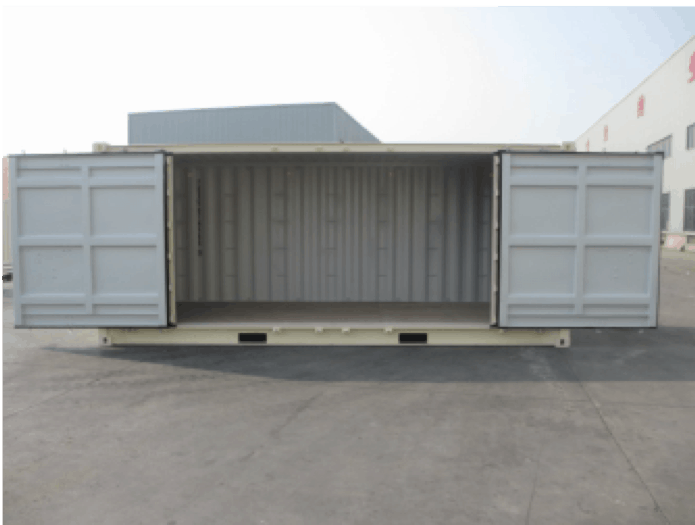An intermodal container is a reusable box-shaped structure composed of steel, produced for efficient, safe and undamaged material transportation for the international standard transportation system.
The container can be transported in different modes of transport without unloading the material inside.
Standardization of steel containers was developed by the U.S. Armed Forces in the 1950s. Relevant ISO standards were published between 1968 and 1970. The first transportation in commercial sea transport to today’s standards was made in 1956 by the American entrepreneur Malcolm McLean. He developed the modern intermodal shipping container that is used today.
There are many variable container types depending on the load carried. Each one is used for carrying different types of goods. The following are the most common container types for intermodal freight transport.
1. General Purpose (Standard) Containers
General purpose containers are the most-common container type that is used in ocean freight. They have various dimensions standardized by ISO but most common types are 40ft and 20ft.
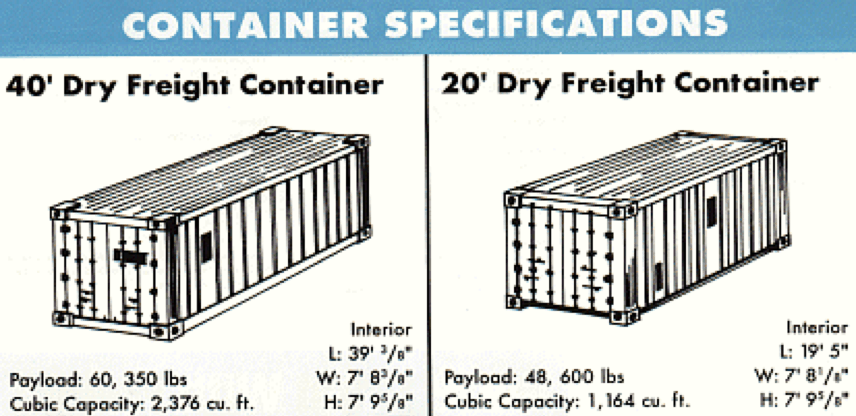
2. Flat Rack Containers
These containers are simple storage shipping containers where the sides can be folded as a flat rack for shipping of goods that can be loaded from the top or sides, such as pipes and machinery. Flat rack containers are most often used as either 20ft or 40ft containers.
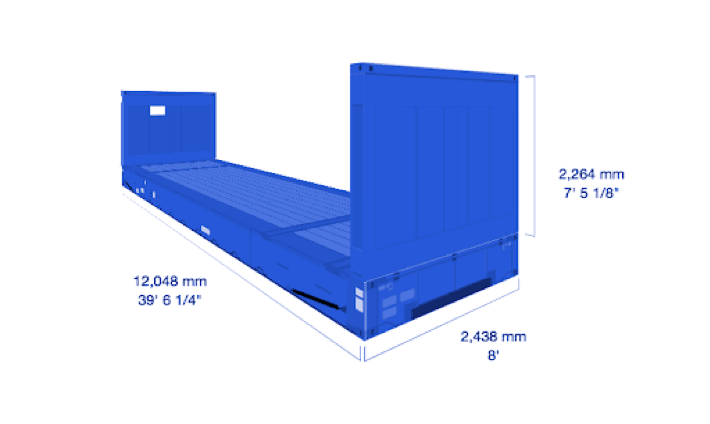
3. High Cube Containers
High cube containers are similar to general purpose containers, but they are taller by one foot.

4. Open Top Containers
Instead of a solid roof, open top containers have an open top covered by a tarpaulin. This enables cargo to be loaded from the top. It can be 20ft or 40ft in size.
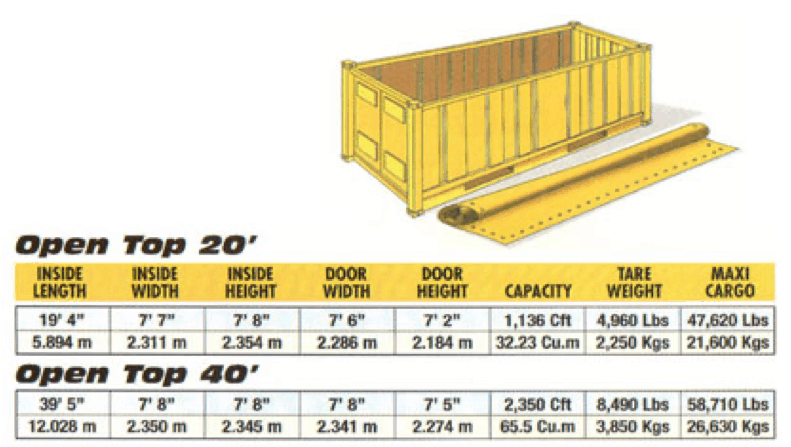
5. Refrigerated Containers
Also known as reefers, refrigerated containers are commonly used for the transportation of temperature-sensitive cargo. Reefers are capable of controlling temperature ranging from -65 °C up to 40 °C.

6. Tunnel Containers
Tunnel containers also known as tunnel-tainers or double enders, and have eight foot ends at both sides which looks like a tunnel when both sets of doors are open.
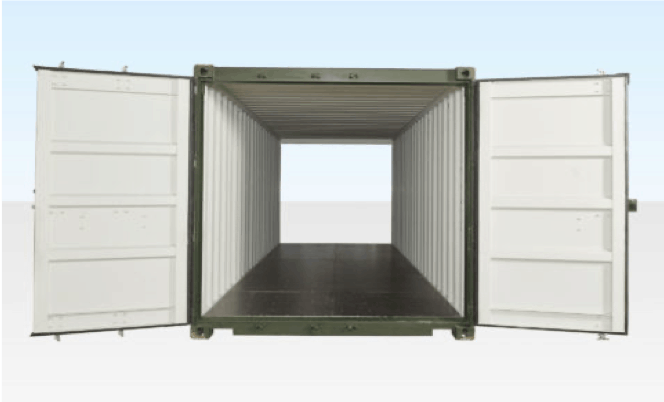
7. Open Side Containers
Open side containers are very similar to the general purpose containers, but the only difference is that open side containers can open completely on the sides to make loading and unloading easy.
